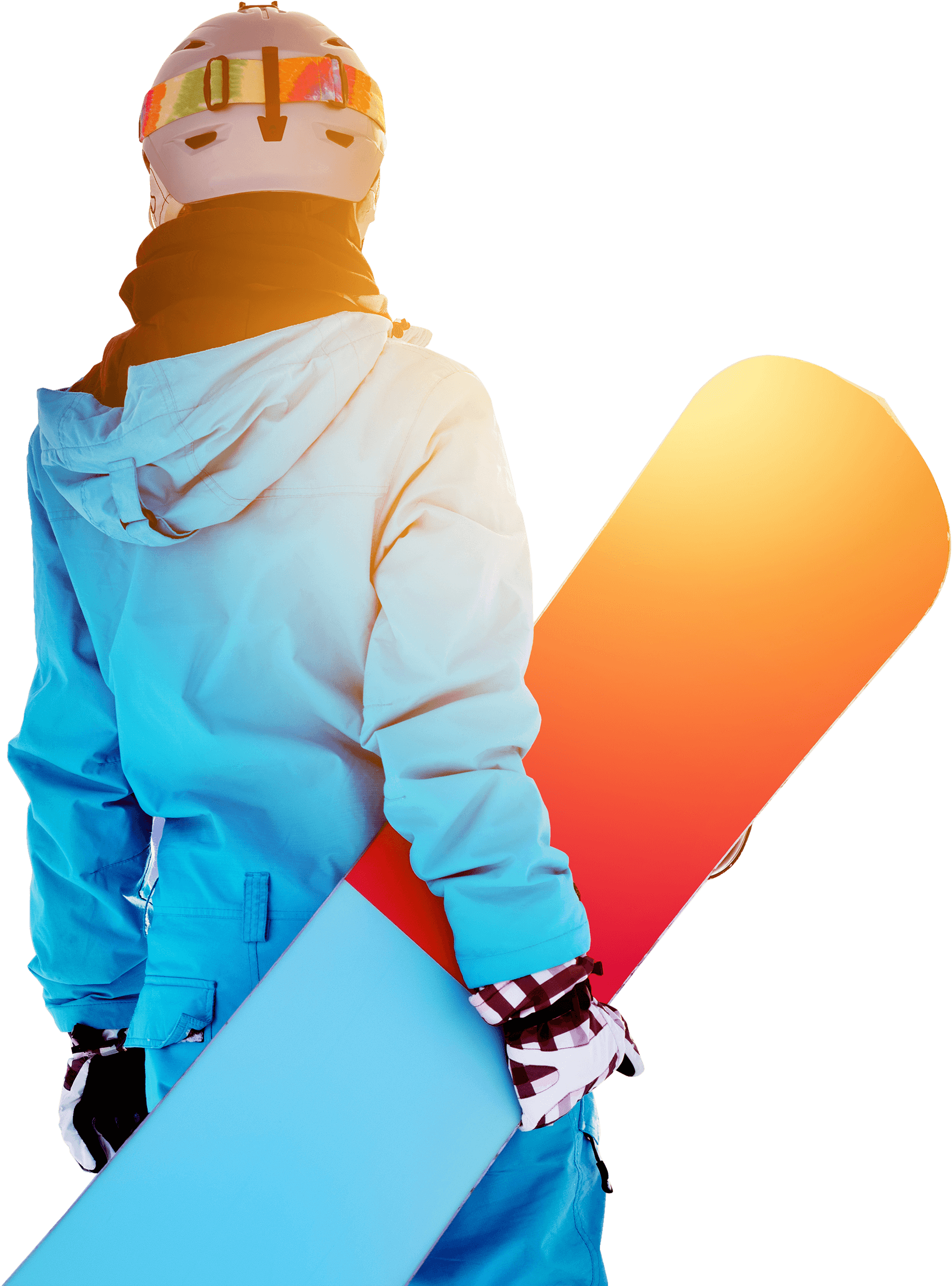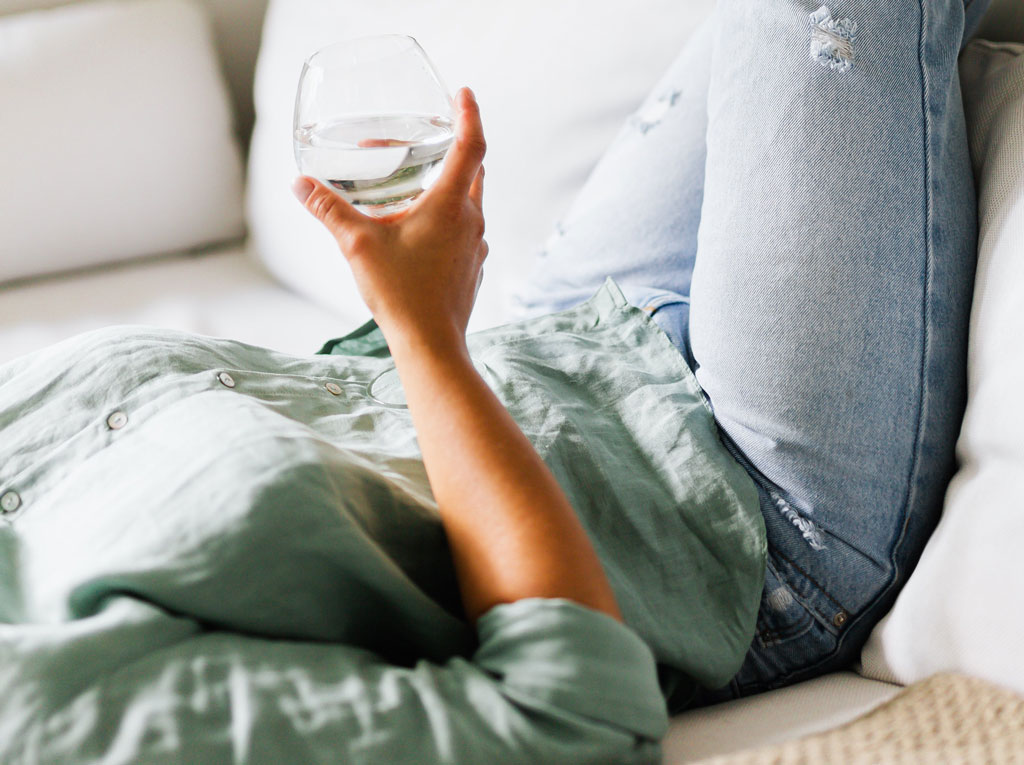Cannabis EDU

Cannabis Education
On a Higher Level
Cannabis Consumption Methods and Products
- Usually consumed in a pipe, vaporizer, bong, or a classic joint/preroll.
- Sold in gram, 3.5 gram, 7 gram, 14 gram or 28 gram sizes
Use caution when just starting your edible journey. Most edibles have a long onset period. Experiment with low dosages and work your way up to the high, or feeling, you’re aiming for.
To safely enjoy THC concentrates and extracts, use a suitable consumption method like a vaporizer. Begin with a small amount, as they can be potent. Heat to an appropriate temperature and take a small hit, waiting for the effects before consuming more. Remember to store the product in a cool, dark, dry place.
Vaping is safer than smoking cannabis. To use a vape, insert the product, press the button, and inhale. Some vapes have adjustable temperature settings. Follow the manufacturer’s guidelines for best results.
Have you tried using creams, lotions, and balms that contain CBD and THC to help with pain and skin conditions? They won’t make you feel high or show up on drug tests. You just apply it to your skin and rub it in gently. They’re safe, but make sure to follow the instructions and don’t eat them or use them on broken skin. It’s a good option for getting some relief in specific areas.
Cannabis tinctures are liquid extracts mixed with alcohol or glycerin for quick onset effects. They contain THC and CBD, come in different strengths and are easy to use by placing drops under the tongue, adding to food or drinks, or swallowing. Start with small doses to avoid side effects.
